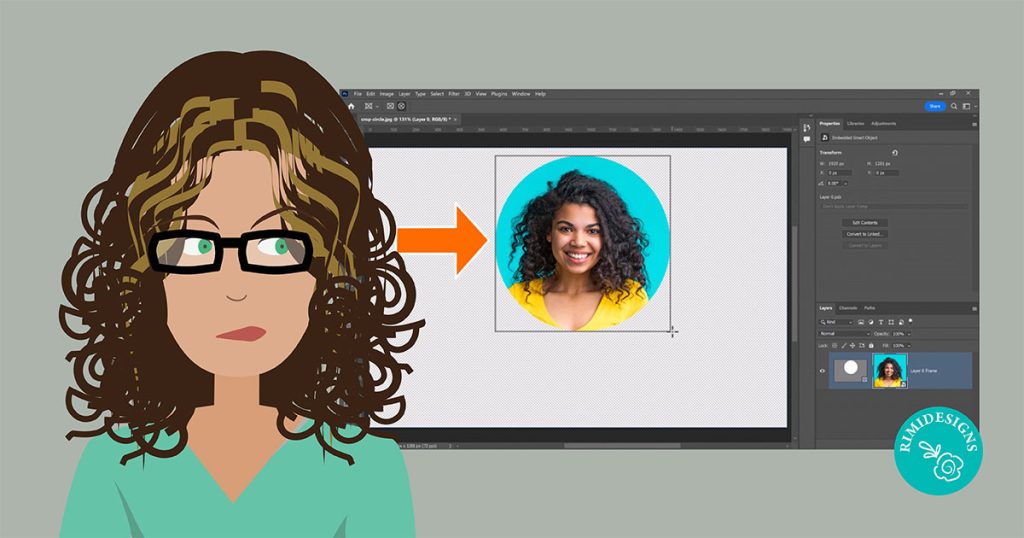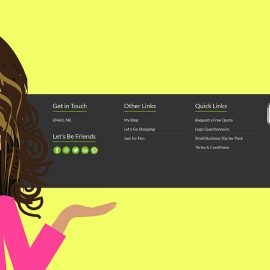
Top 8 Image Mistakes to Avoid on Your Website
Images bring websites to life and help in gaining user attention. All text and no images make a website look dull to a user. This is why images are vital for the success of any website today.
But then again, simply adding images to a website does not mean the job is finished. You need to optimise them for web use, as well as search engines, to effectively promote your website.
Here are the top 8 mistakes people often make with images on their website.
1. Huge files size
Full-sized, large images are very popular, in case of print jobs. But what about websites? On websites, these heavy images take a lot of time to load. As a result, a user has to wait for a few more seconds until the website loads completely, which gives a bad impression about your website.
Images should not be so huge that they load slowly and also should not be too small, to be viewed. Search engines also prefer websites that load quickly and consider it as a criterion, while ranking websites in search results. So always strike a balance between image quality and size.
2. No cropping
Cropping is a very useful tool, but ignoring its utility can result to an image containing excessive blank or irrelevant space, while the core content may potentially be concentrated in a small area, making it difficult to comprehend.
Cropping helps you cut out and use a specific portion of a image, therefore enhancing readability. However, proper care should be taken while cropping the image to avoid bad borders and incomplete looking images.
3. Missing thumbnails
Thumbnail sizing and resizing is very important and there are many ways of doing it. But in many cases, designers forget about thumbnails and that is when the mess starts. Whenever you make changes to a website, the thumbnails also needs to be attended to.
4. Improper scaling or stretching
Improper scaling or stretching of images can spoil the way the website looks. Every image should have an aspect ratio of 1:1 and anything else may not look good.
5. Ignoring multiple devices
Whenever you work on a image, the first thing you need to know is that this image would be viewed on different devices. The shape or size of the image can change from one devise to another and that is why it’s important that you take this scenario into account when using images on your website.
The best way to counter this issue is to make use of media queries to plan for these changes by device.
6. Missing the retina screen
In the past, it was all about using the standard 600 pixels wide at 72 ppi. But things have changed now and there are different devices that display the images and you need to plan these accordingly.
Retina resolution changes from device to device, but it is certainly higher than the standard one.
7. Overusing generic images
Generic images provide a common perception about the presentation, which is great. But when the same images pop up on many websites, it is a disaster. That’s why it’s best to always choose the ones that are unique, but at the same time is easy to recognise.
There are so many websites all over the internet and a common image in most of them bugs users. So the best thing you can do is to look for an image that is easily recognisable and feasible with the business and is at the same time unique.
8. Unsearchable names and meta data
Image names and meta data are very important for a website, especially for search engines. When search engines crawl your website, they don’t see what the image is. Instead, they make use of the title and associated meta data of the image to get an idea of what it’s about. This is why it’s important to use descriptive image names and tags, rather than random numbers and characters.
Take care of these 8 common mistakes and you are good to go.
SOURCE: Acodez
Need a professional looking website?


![[VIDEO] The Art of Web Design [VIDEO] The Art of Web Design](https://www.rimidesigns.com.au/WPsite/wp-content/uploads/2021/01/Rimidesigns-The-Art-Of-Web-Design-270x270.jpg)
